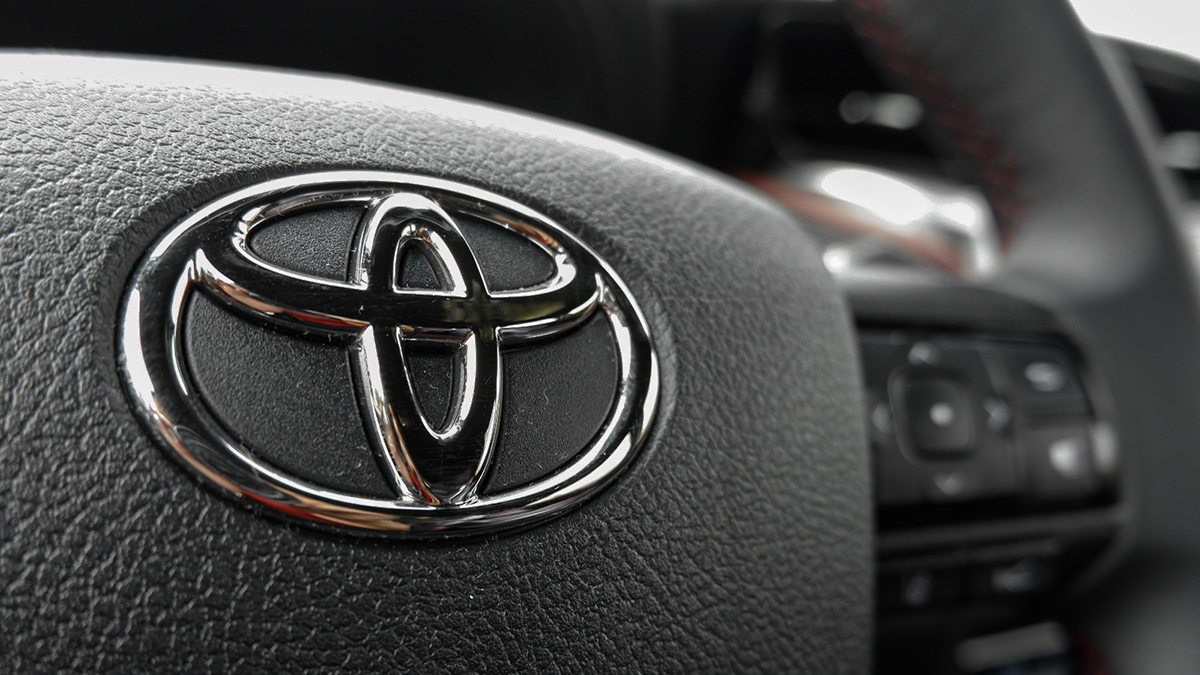tomjasz
Well-Known Member
- Region
- USA
- City
- Minnesnowta
lithium-ion battery or Li-ion battery is a type of rechargeable battery. Lithium-ion batteries are commonly used for portable electronics and electric vehicles and are growing in popularity for military and aerospace applications. Wikipedia
Nominal cell voltage: 3.6 / 3.7 / 3.8 / 3.85 V, LiFePO4 3.2 V
Energy density: 250–693 W·h/L (0.90–2.43 MJ/L)
Specific energy: 100–265 W·h/kg (0.36–0.875 MJ/kg)
Charge/discharge efficiency: 80–90%
Energy/consumer-price: 6.4 Wh/US$
Specific power: ~250 – ~340 W/kg
Lifespan: about two to three years newark.com
Nominal cell voltage: 3.6 / 3.7 / 3.8 / 3.85 V, LiFePO4 3.2 V
Energy density: 250–693 W·h/L (0.90–2.43 MJ/L)
Specific energy: 100–265 W·h/kg (0.36–0.875 MJ/kg)
Charge/discharge efficiency: 80–90%
Energy/consumer-price: 6.4 Wh/US$
Specific power: ~250 – ~340 W/kg
Lifespan: about two to three years newark.com


